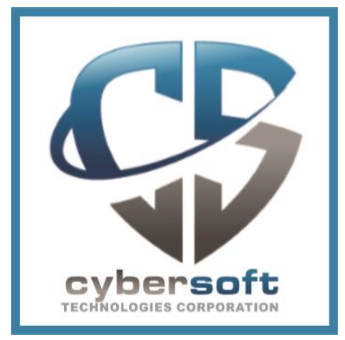Case Modeling
In this course, you will learn how to utilize use case modeling to document functional requirements that can be understood and validated by all project stakeholders, including technical staff and business stakeholders, increasing the likelihood that stakeholder needs on a project are met. As a business analyst and as part of identifying and documenting requirements, you must be able to explain how individuals will interact with a new or updated system. Use case modeling is a modern approach for describing system requirements by focusing on “actors” to describe that interaction.
Content
- Introduction to Use Case Modeling
- The Nature and Purpose of Use Case Modeling
- Types of Projects
- Use Case and the Project Life Cycle
- Modeling Users and System Roles
- Users, Roles, and User-Centric Analysis
- Modeling User Constituencies
- Developing an Actor Model
- Presenting Actors
- Creating Actor Descriptions
- Identifying User Requirements
- User Functionalities
- Relating Use Cases to Actors
- System Requirements I: Use Case Briefs
- The Nature and Purpose of Use Case Briefs
- Developing and Using Use Case Briefs
- System Requirements II: Detailed Use Case Descriptions
- Detailing Use Cases
- Extensions and References
- Advanced UML Techniques
- Systems in Business Process Context: Business Use Cases
- Business Use Cases
- Business and System Use Cases
- Use Cases beyond the Analysis Phase
- Use Cases and Project Management Activities
- Use Cases and Design Activities
- Use Cases and Testing Activities

